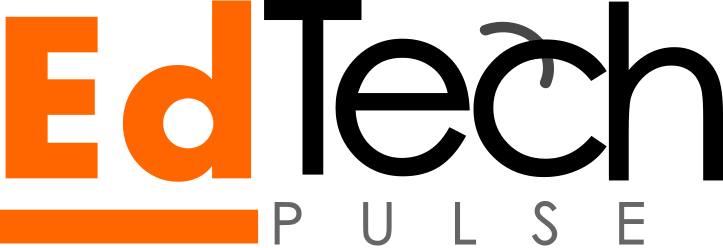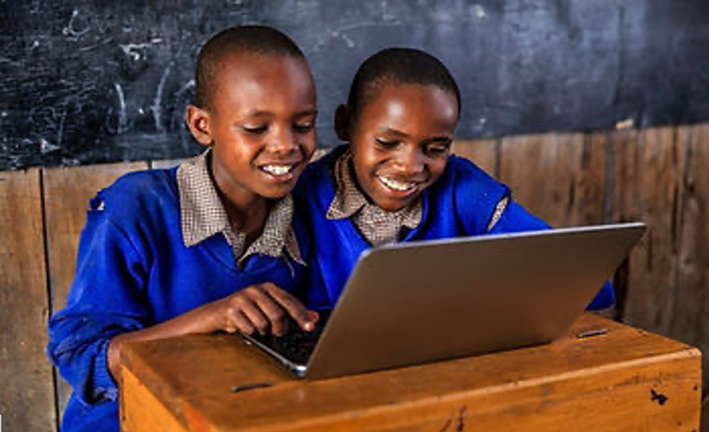Introduction: Rethinking Connectivity in Education
In today’s digital age, internet access is often considered a prerequisite for quality education. However, in many rural areas worldwide, consistent internet connectivity remains a challenge. Despite this, innovative offline technologies are bridging the educational divide, ensuring that students in remote locations are not left behind.
The Digital Divide: A Persistent Challenge
The disparity in internet access between urban and rural areas is stark. For instance, in the United States, only 47% of students in rural areas have high-speed internet access at home, compared to 77% in suburban areas. This lack of connectivity hampers students’ ability to participate in digital learning, access resources, and develop essential digital skills.
In many parts of Africa, the situation is even more pronounced. Despite the proliferation of smartphones, many rural communities lack the infrastructure to support consistent internet access. This digital divide exacerbates educational inequalities, limiting opportunities for students in these regions.
Offline Technologies: Bridging the Gap
Recognizing the challenges posed by limited internet access, educators and technologists have developed offline solutions to deliver quality education. These technologies provide students with access to educational content without relying on internet connectivity.
1. RACHEL (Remote Area Community Hotspot for Education and Learning)

Developed by World Possible, RACHEL is a portable server that stores educational content, including Khan Academy videos, Wikipedia articles, and e-books. Students can connect to RACHEL via Wi-Fi using their devices, accessing a wealth of information without the need for internet connectivity. It is a portable, battery-powered, device that contains copies of educational websites in offline format. This means RACHEL can go anywhere in the world and wirelessly deliver free digital educational content to nearby tablets, laptops, or smartphones with no internet or data plans required. RACHEL has been taken to over 53 countries since its creation, serving students in rural villages, townships, and even prisons.
2. Kolibri

Kolibri is an open-source platform designed to provide offline access to a curated library of educational resources. In rural Arkansas, USA, Kolibri has been implemented to support students with limited or no internet access, enabling them to continue their studies seamlessly.
Kolibri is an ecosystem of open digital products and tools centered around an offline-first learning platform.
It is especially designed to enable quality teaching and learning with tech but without the Internet.
3. Edukite Learning App

In South Africa, the Edukite Learning App offers offline educational content tailored to the national curriculum. This solution empowers rural learners by providing access to quality educational materials without the need for internet connectivity.
Case Study: Powering Potential in Tanzania

Powering Potential, a non-profit organization, has made significant strides in bringing offline educational resources to rural Tanzania. Through their SPARC (Solar Powered Access to Raspberry Computing) program, they install solar-powered computer labs equipped with Raspberry Pi devices preloaded with educational content. These labs provide students with access to a wide range of learning materials, fostering digital literacy and enhancing educational outcomes.
The Role of Educators and Community Engagement
The successful implementation of offline technologies hinges on the involvement of educators and the broader community. Teacher training is essential to ensure that educators can effectively integrate these tools into their teaching methodologies. Moreover, community engagement fosters a supportive environment, encouraging students to embrace these technologies and maximize their learning potential.
Challenges and Considerations
While offline technologies offer promising solutions, several challenges persist:
- Resource Limitations: The initial cost of procuring and setting up offline systems can be prohibitive for some communities.
- Maintenance and Support: Ensuring the longevity and functionality of these technologies requires ongoing technical support and maintenance.
- Content Relevance: Educational content must be tailored to align with local curricula and cultural contexts to be effective.
Offline Tech in Nigeria
Despite facing infrastructural challenges such as erratic power supply, limited internet connectivity, and underfunded public schools, Nigeria has seen promising efforts to integrate offline technologies in education. These solutions are empowering learners in underserved communities across the country—bridging the gap between potential and access.
1. uLesson: Preloaded Learning on SD Cards and Devices
One of the most notable innovations in Nigeria’s edtech space is uLesson, a platform that initially launched with a fully offline model. The company distributed preloaded SD cards and customized Android tablets containing curriculum-aligned video lessons, quizzes, and practice questions for secondary school students.
This approach allowed students—especially in areas with poor or no internet access—to learn independently, rewind difficult concepts, and study at their own pace. uLesson’s offline-first strategy proved effective in reaching markets across Northern Nigeria and neighboring West African countries before expanding into online offerings.
2. TabSchool’s Offline Learning Kits
Another player making headway is TabSchool, which provides an offline learning management system (LMS) designed to work in low-infrastructure environments. Their solar-powered tablet kits come preloaded with local curriculum content and can sync with a central server for updates whenever minimal internet becomes available.
This technology has been piloted in several rural schools across Kaduna, Plateau, and Benue states, offering learners an opportunity to access interactive and gamified lessons offline.
3. Kolibri’s Deployment in Nigeria
The Kolibri platform, developed by Learning Equality, has been used in various education projects in Nigeria, especially in collaboration with NGOs and international development agencies. The platform is used to deliver interactive digital lessons in rural schools and learning centers without internet access.
In a recent project in Borno State, where conflict and displacement have disrupted education for many children, Kolibri was deployed to facilitate digital learning in internally displaced persons (IDP) camps. Content included local curriculum topics, as well as global educational resources translated into Hausa and Kanuri.
4. Rumie Initiative in Northern Nigeria
The Rumie Initiative, a global nonprofit, introduced low-cost, offline digital learning tools called Rumie LearnPads to schools in Northern Nigeria. These tablets are preloaded with educational resources that align with the Nigerian curriculum and can be used completely offline.
This project, supported by organizations like UNICEF and the Nigerian government, specifically targeted girls in regions where school attendance is low, giving them a second chance at quality learning outside the traditional classroom.
5. Offline Coding Bootcamps and Tech Hubs
Several grassroots coding initiatives in Nigeria have also adopted offline-first approaches. For example, rural-focused coding bootcamps often use Raspberry Pi computers preloaded with software and tutorials, allowing students to learn programming without needing internet access.
In Edo and Osun states, small local NGOs and tech hubs have hosted week-long tech camps using this model, teaching young people how to build websites and applications entirely offline.
A Path Forward
Nigeria’s experience shows that offline technology is not just a stopgap—it’s a strategic tool for educational inclusion. With thoughtful deployment and support, these solutions can scale to reach more underserved communities, unlocking access to quality education for millions of learners regardless of their connectivity status.
The success stories from Nigeria prove that with innovation, collaboration, and local adaptation, offline tech can help transform the future of education across the country—and beyond.
The Future of Offline Education
As technology continues to evolve, the potential for offline educational solutions expands. Innovations such as AI-powered offline learning tools and solar-powered devices are paving the way for more inclusive and accessible education. By investing in and supporting these technologies, we can ensure that students in rural areas receive the quality education they deserve, regardless of internet connectivity.
Conclusion
The lack of internet access should not be a barrier to quality education. Through the implementation of offline technologies, educators and communities are transforming the educational landscape for rural students. By embracing these solutions, we move closer to achieving educational equity and empowering every student to reach their full potential.





